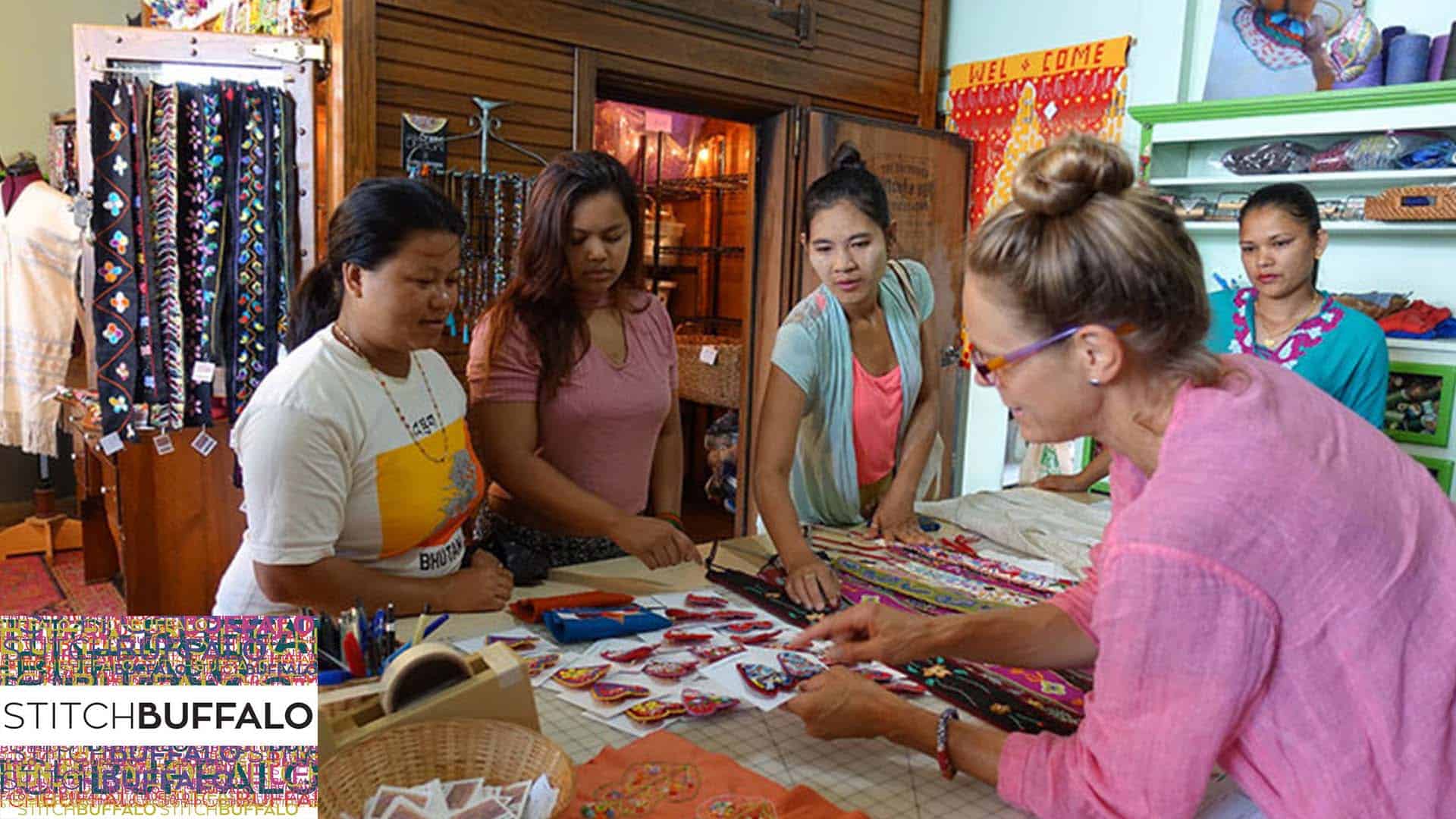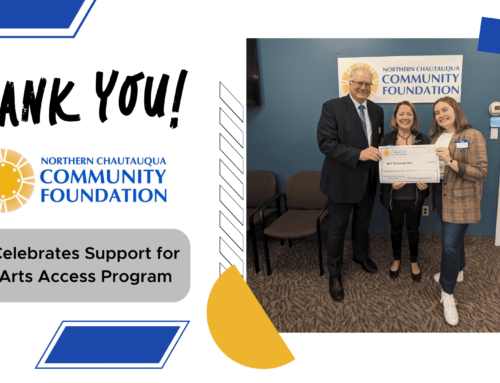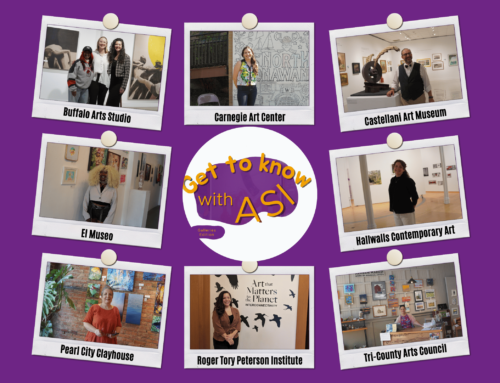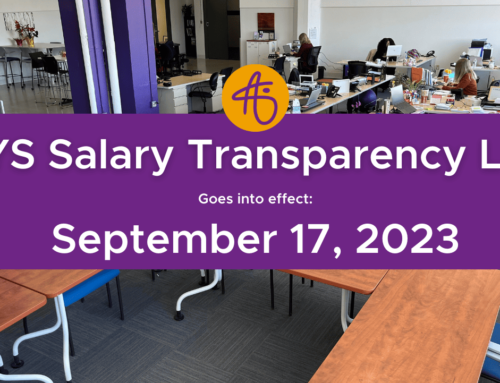For this month’s Accessibility in the Arts spotlight, we sat down with Dawne Hoeg, Director of the Stitch Buffalo, to learn more about the organization, they’re work, and the community they serve.
Stitch Buffalo, located on Niagara Street in Buffalo, advances social justice for refugee women in Buffalo, NY by creating opportunities for cross-cultural exchange and economic empowerment through textile arts.
ASI: Tell me a little about the history of the Stitch Buffalo: When and how did it begin?
DH: Stitch Buffalo was founded in 2014 and began with the simple desire to gather and create. It has now grown into a thriving community of textile art lovers—including over 55 women from Bhutan, Burma, Nepal, and Angola who sew handcrafted goods for sale. With open hearts, a commitment to environmental sustainability, and a love of inclusive education, we are weaving together a vibrant community within Western New York.
ASI: How has your background – whether academic or lived experience – impacted your work with Stitch Buffalo
DH: My great grandmother was a milliner, my maternal grandmother had 6 daughters and made all their clothes and taught them to sew, my mother is one of those six daughters and she taught me how to sew at a young age. As a teenager I rebelled and didn’t return to my textile heritage until
my twenties when I enrolled in a MFA program with a focus in the textile arts and education. I have never looked back and continue to develop my skills and passion in textiles as well as people. My passion, professional experience and curiosity impacts my work at Stitch Buffalo each and everyday.
ASI: Which elements of Stitch’s programming have been developed to be mindful of the particular needs of refugee women?
DH: We strive to make everyone feel welcome in our space—and that’s especially important for people who may face language and cultural obstacles when settling into their new communities. One of the key ways we make Stitch Buffalo as open and accessible as possible is by operating on a drop-in basis. Our artists are free to stop in to drop off work or collect supplies whenever we are open. We also welcome them to bring their children or spouses, and to come in groups if that eases transportation issues or feels more comfortable.
We are always working to improve communication as well, by offering printed materials in multiple languages and providing English classes (pre-COVID) for interested women. We always strive to approach our language barriers with patience and good humor. We treat our artists like the friends they are.
ASI: How have you needed to adapt in response to COVID-19? What are some of the challenges you’re facing? Have you been surprised by any unexpected advantages?
DH: Since our program relies largely on drop-in visits from the artists and in-person purchases by shoppers, COVID threw a wrench in the works. Happily, we had launched an Etsy shop about 6 months before New York State retail spaces were ordered to close, so we were able to re-focus
and continue serving our customers through that sales channel. Once we added a mask sewing program to our offerings, we were also able to attract some new business and sales channels both on-line and in the community. With help from our staff and volunteers, we set up a delivery system to allow our artists to stay home while we delivered supplies and picked up their completed work.
In terms of unexpected advantages, the pandemic closures did propel us to invest some time and energy in exploring methods of distance learning. Hopefully those will allow us to continue reaching students beyond WNY even when the public health crisis passes.
ASI: Tell us about a moment when you witnessed the impact of Stitch Buffalo in the community.
DH: At the Burchfield Penney Art Center’s “Stay Gold” celebration on January 10, 2020, Stitch Buffalo was proud to debut “Peace 2020,” an art installation celebrating peace and unity among all people. Standing 11 feet tall, the peace sign was assembled entirely from hand-embroidered
work by Stitch Buffalo artists: Diga Biswa, Damberi Amber, Paw Eh Bu, Ni Ni Sui, Tika, Lung, Zi Ram, Mondari Mager, Ser Eh Paw, Deo Kami, Hem Tamang, Kausila Yamuna, Saraswati Twari, Bawk Mi, Hkoung Lung, Hin Si, Tila Bastola, Sarasawati Dhaki, Ei Zar, Mu Mu, Sila Mager, Dah John, Nin Hta Mai, Sarita Biswa, Phul Biswa, Sally Bhandari, and Wah Say. Many of the artists and their families were able to attend the opening and see their work displayed in this major gallery—and admired by a packed crown of people. It was very powerful to see this vision of creativity, cultural exchange, and humanity come together at one event.
ASI: Are there any individuals, organizations, or programs within Western New York or beyond that have influenced or helped to shape your vision for empowering refugee women? Is there anyone you’d like to shout out?
HD: One of the other “unexpected advantages” we took from the pandemic was actually the opportunity to improve our outreach to other organizations doing related work in the community and beyond. At a time when we’re all feeling so disconnected, it seemed like the perfect moment
for actively building relationships. Over the past few months, we’ve had the opportunity to meet with several elected officials from the city and county, as well as representatives from The Office of New Americans, Social Justice Sewing Academy, Karen Society of Buffalo, Erie County
Restorative Justice Committee, and more.
In response to the Black Lives Matter movement, we also launched a Social Justice Peace Pins program that allows us to contribute to the efforts of community groups working to build more equitable communities. So far, we’ve partnered with the Niagara Falls Underground Railroad Heritage Center, The International Institute of Buffalo, and WNY Peace Center—raising money to support their missions while also earning money for our own artists.
ASI: With regard to accessibility, diversity, and/or inclusion, what kinds of things would you like to see from arts and cultural organizations in Western New York? What can our community do better?
DH: Our arts and cultural organizations can offer free workshops and supplies like Stitch Buffalo does. It takes time and effort to promote, connect and reach individuals in diverse backgrounds and entirely possible. Transportation should be included either by providing bus fare or pick up.
ASI: Where would you like to take Stitch Buffalo next?
DH: Stitch Buffalo is five years old and we have a robust strategic plan for a textile arts center focused on: empowering women and Western New York refugees and immigrants; providing culturally relevant community engagement and educational experiences for all ages; sharing the
importance of global textile traditions; and preserving our environment by teaching fiber arts with repurposed materials. We are committed to improving our communities near and far—and we invite anyone who is interested to come stitch with us.






